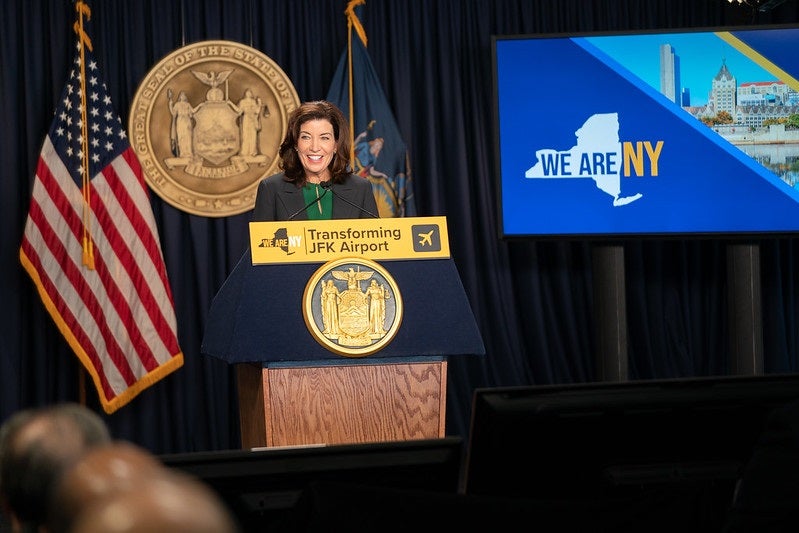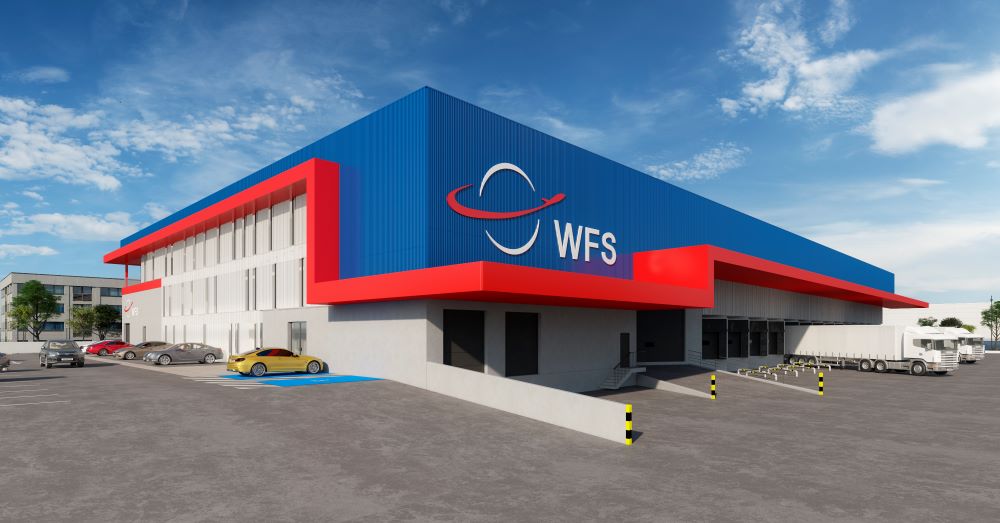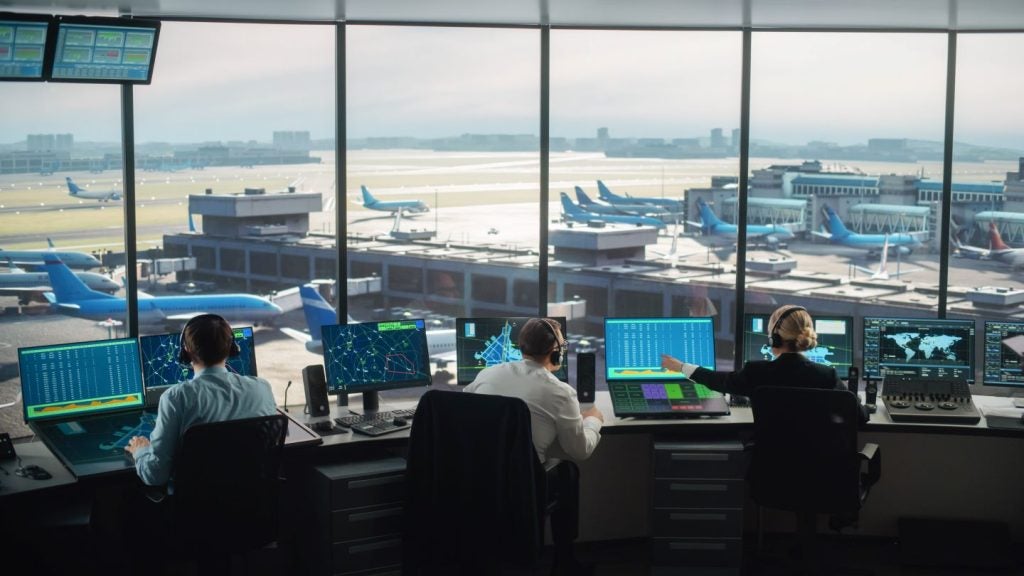
New York’s John F Kennedy International Airport (JFK) Airport is set to break ground on its new $9.5bn international terminal project next year after facing a delay due to the pandemic.
In this context, the Port Authority of New York and New Jersey signed a revised agreement with The New Terminal One (NTO), a consortium of financial sponsors.
NTO is a private consortium, including Carlyle, JLC Infrastructure and Ullico.
A joint venture (JV) of CAG Holdings and Munich Airport International (MUC) will offer technical services to NTO.
The entire construction cost of the new 2.4 million-square-foot terminal will be privately funded by the NTO consortium.
This new infrastructure will be established in place of the existing outdated Terminal 1, the ageing 59-year-old Terminal 2 and the former Terminal 3, which was knocked down in 2013.
With the construction slated to start in mid-2022, the new terminal will be built in phases.
Under the first stage, the terminal will feature the new arrivals and departures hall and the first set of new gates, which is projected to open in 2026.
The project is expected to be completed by 2030.
After completion, the new terminal will comprise 23 gates, check-in halls and arrival spaces, dining and retail amenities and more.
Additionally, it will integrate modern capabilities in both sustainability and security.
Port Authority Chairman Kevin O’Toole said: “This agreement to build a new Terminal One at John F Kennedy International Airport demonstrates the commitment of the Port Authority of New York & New Jersey and our private partners to deliver for our region through some of the most difficult times in our agency’s 100-year history.
“Moving forward with this state-of-the-art international gateway, and the extraordinary level of private investment it brings will create thousands of good-paying construction jobs critical to our recovery from the pandemic while building the foundation of economic growth for decades to come.”
Last year, JFK Airport partnered with Google to adopt Google Assistant’s Interpreter Mode technology at its Terminal 4.






